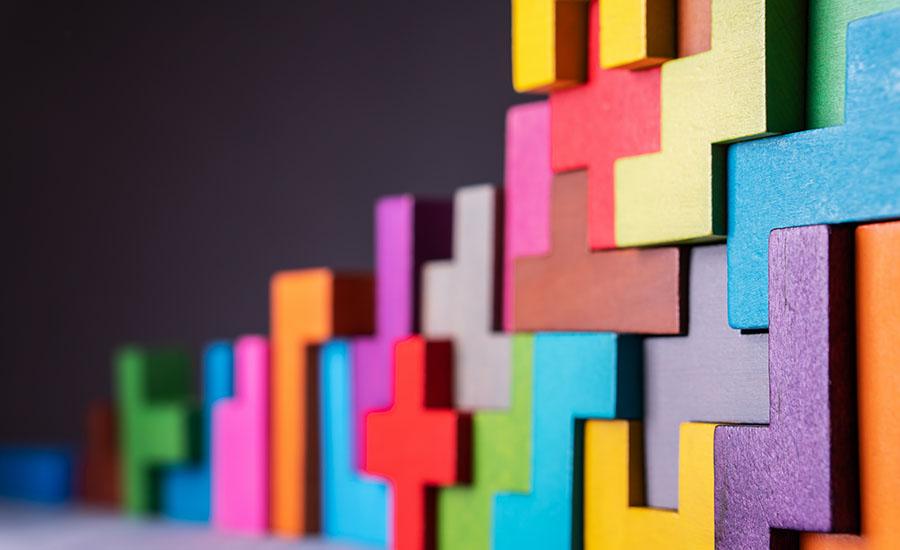
This is the first lesson in a series of 2. In this first lesson, students learn about the ongoing water crisis in Arizona and how rainwater harvesting can help drought regions. Students will watch a

This is the first lesson in a series of 2. In this first lesson, students learn about the ongoing water crisis in Arizona and how rainwater harvesting can help drought regions. Students will watch a

After reading the picture book: "What Do You Do with an Idea?", students will create a table game using basic supplies. This hands-on lesson can be used when talking about force and motion, a 5th

This is the 4th and final lesson in a series of 4 about the rainforest. In this creative lesson, students write a summary about the layer they have been studying. They create an animal and organism

This is the 3rd lesson in a series of 4. Students will discuss a slow reveal graph about the amount of forest destroyed each year. Students compare two graphs and decide which is better at

This is lesson 2 in a series of 4 lessons about the rainforest. In jigsaw groups, students create a food web about one of the 4 layers of the rainforest on a Google Slide or Prezi. Students go back to

This is the 1st lesson in a series of 4 covering the rainforest. As a class, we research the abiotic and biotic factors of the whole rainforest. Students jigsaw and research the abiotic and biotic

Students will listen to the story "Iggy Peck Architect" and create a bridge using available materials to see if it can carry weight. They will explore engineering as they plan, construct, and test

Students will experiment with electromagnets and building them using a 3D model. They will collect data and analyze the data. Students will experiment with 4 different types of batteries and create

Students utilize the Engineering Design Process to create a sailboat! Students must design and build a sailboat that will get them from one end of the channel where they are stranded to the other. It